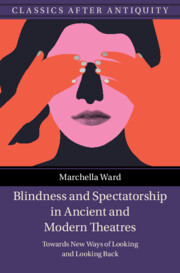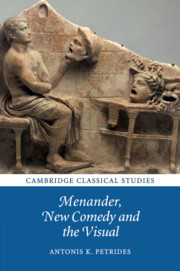Blindness and Spectatorship in Ancient and Modern Theatres
The use of disability as a metaphor is ubiquitous in popular culture – nowhere more so than in the myths, stereotypes and tropes around blindness. To be 'blind' has never referred solely to the inability to see. Instead blindness has been used as shorthand for, among other things, a lack of understanding, immorality, closeness to death, special insight or second sight. Although these 'meanings' attached to blindness were established as early as antiquity, readers, receivers and spectators into the present have been implicated in the stereotypes, which persist because audiences can be relied on to perpetuate them. This book argues for a new way of seeing – and of understanding classical reception - by offering assemblage-thinking as an alternative to the presumed passivity of classical influence. And the theatre, which has been (incorrectly) assumed to be principally a visual medium, is the ideal space in which to investigate new ways of seeing.
- Confronts the ableism inherent in the mythologizing of disability, especially in the context of the theatre
- Applies key themes and questions from disability studies to classical reception
- Uses assemblage theory as an alternative to linear, hegemonic narratives about classical reception
Product details
November 2023Adobe eBook Reader
9781009372763
0 pages
20 colour illus.
This ISBN is for an eBook version which is distributed on our behalf by a third party.
Table of Contents
- Introduction: Looking and Looking Back
- 1. Towards Visual Activism
- 2. Blindness and / as Punishment
- 3. Blindness as Metaphorical Death
- 4. Blindness as Second Sight
- Interlude: Colonial Visions
- 5. Blindness and Spectatorship
- Conclusion: Assembling the Future.





